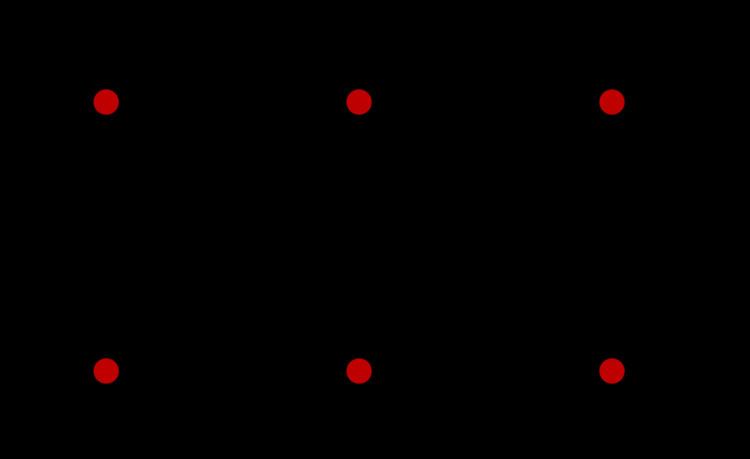 | ||
In mathematics, especially the areas of numerical analysis concentrating on the numerical solution of partial differential equations, a stencil is a geometric arrangement of a nodal group that relate to the point of interest by using a numerical approximation routine. Stencils are the basis for many algorithms to numerically solve partial differential equations (PDE). Two examples of stencils are the five-point stencil and the Crank–Nicolson method stencil.
Stencils are classified into two categories: compact and non-compact, the difference being the layers from the point of interest that are also used for calculation.
In the notation used for one-dimensional stencils n-1, n, n+1 indicate the time steps where timestep n and n-1 have known solutions and time step n+1 is to be calculated. The spatial location of finite volumes used in the calculation are indicated by j-1, j and j+1.
